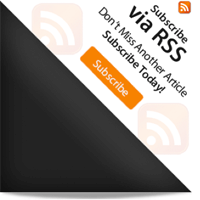Set Chrome as Default Browser from Command Line
Whenever I see a desktop GUI to accomplish a given web-related task, I'm dying to know the underlying operating system interaction to accomplish the same feat. Many of the GUIs I use are just a front for a command line utility for that more experienced developers would use.
I set out to find the command line script for setting the system's default browser on OS X but apparently there isn't one, but I did find a command line script for setting Chrome as the default browser:
open -a "Google Chrome" --args --make-default-browser
The script above opens Google Chrome and asks for confirmation that you'd like to make it the default browser. I'm not aware of what command line scripts would make other browsers the default browser, and I'm a bit annoyed that there isn't a single script to do so!





Too bad that still prompts you to accept the make default browser action/choice. That kind of detracts from the ability to fully automate system provisioning for instance. :(
Or simply go here:
OS X Yosemite:
1 – From the Apple menu, choose System Preferences, then click General.
2 – Click the “Default web browser” pop-up menu and choose a web browser, like Safari.
OS X Mavericks or earlier:
1 – Open Safari from the Applications folder, Dock, or Launchpad.
2 – From the Safari menu, choose Preferences.
3 – Click the General button.
4 – Choose a web browser from the “Default web browser” pop-up menu, like Safari.